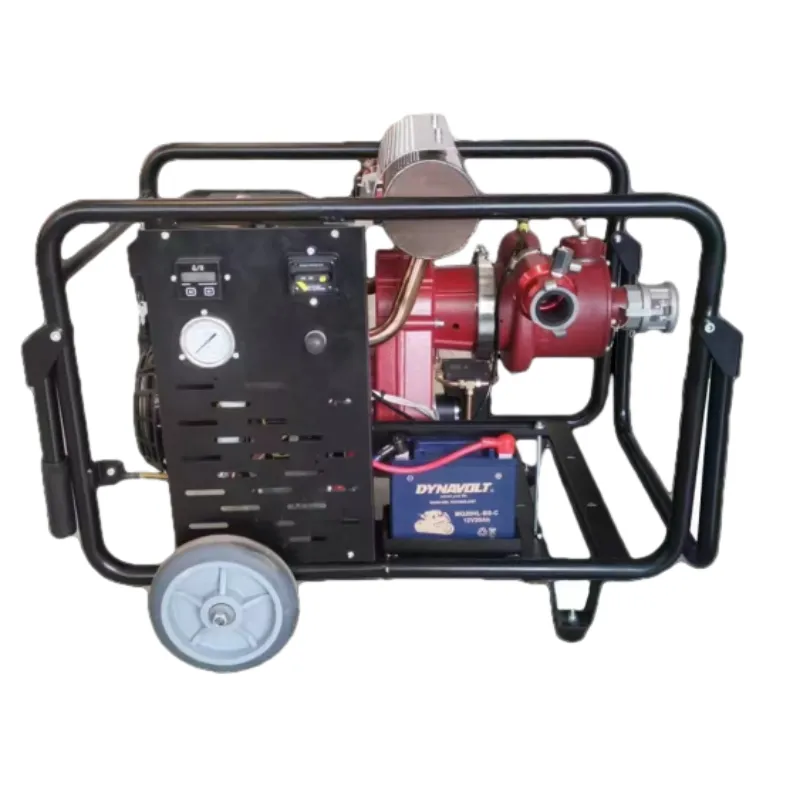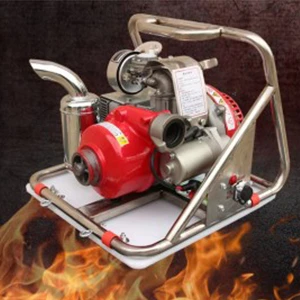

Manufacturers of fire pumps often provide detailed specifications outlining the pressure capabilities of their equipment. These should be thoroughly reviewed and compared against the specific needs of the installation environment. When procuring fire pumps, engaging with manufacturers who demonstrate expertise and experience in fire safety technologies is essential. Their insights can guide you in selecting pumps that not only meet regulatory standards but also provide enhanced safety margins in operation. Furthermore, insurance and regulatory frameworks often dictate specific necessary pressure levels for emergency fire pumps, ensuring that they meet safety standards. Compliance with these standards not only guarantees that the pump will perform adequately when needed but also provides peace of mind to facilities owners and operators, knowing that they are prepared for any eventuality. Training personnel responsible for operating and maintaining these systems is also crucial. Well-trained staff can quickly recognize signs of pressure inconsistencies and understand the procedures for adjusting or repairing systems to restore functionality. This human expertise, combined with technological advancements, creates a robust and reliable safety net against the unpredictable nature of fires. Trust in emergency fire pump systems and their pressure capabilities is built through a combination of reliable product performance, adherence to industry standards, and ongoing education and training. As the field of fire safety continues to evolve, staying informed about the latest developments and maintaining an upgraded system with current technologies will ensure that the protective measures in place are effective and reliable. Whether you are a facility manager, a fire safety officer, or an emergency response professional, understanding the critical role of pressure in emergency fire pumps can significantly impact the efficacy of your fire safety efforts. By prioritizing factors such as pressure consistency, system integration, and professional training, you can ensure that your emergency fire pumps are prepared to meet the challenges posed by any fire emergency.





























